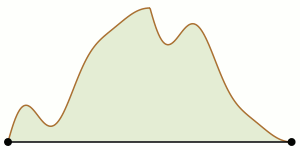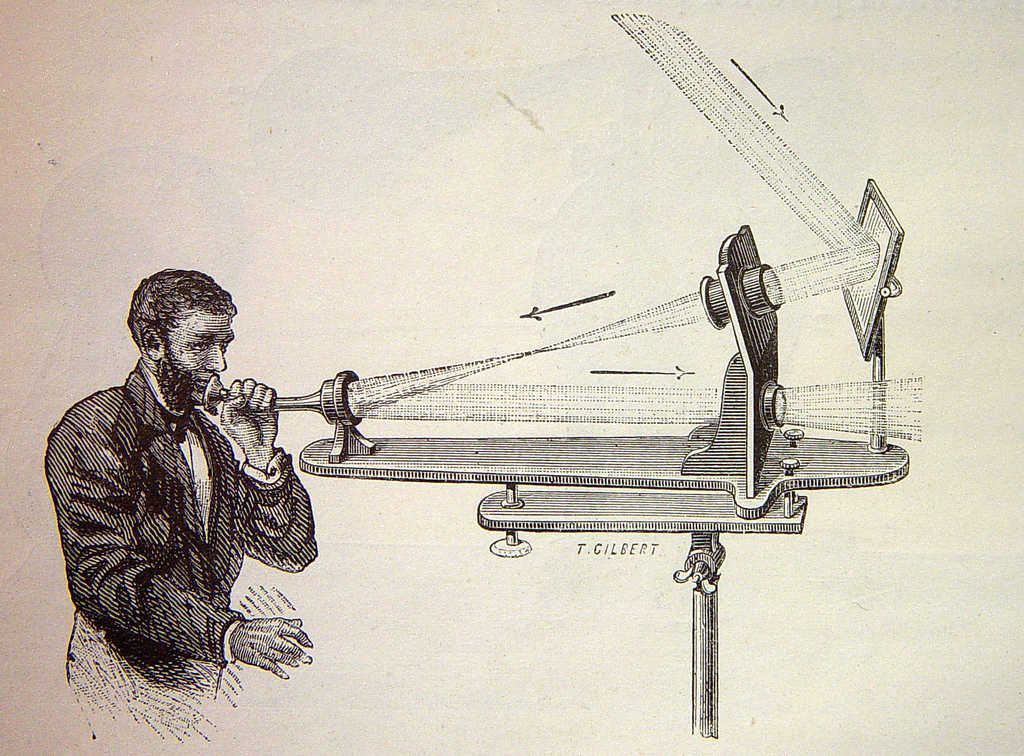After being caught driving at 91 mph on the 60 mph A361 North Devon Link road in 2011, filmmaker and traffic legislation activist Martin Cassini presented his case at Barnstaple Magistrates Court in a series of rhymed couplets:
Before you today stands a man in the dock
To whom this bleak chapter’s a terrible shock
Kind and aware on the road as a rule
He tripped up that day and transgressed a rule.
The outlandish speed was but a short burst
On a dual lane stretch to get up there first
To the top of the hill to avoid getting stuck
Down the single lane stretch by a slow moving truck.
If you averaged my speed over hillock and dale
You’d find it to be not at all yon the pale
The law’s quick to judge if you’re over the limit
No praise if you’re under — one sided, innit?
The design of the road is dubious at most
It’s the link for Pete’s sake from M5 to coast
Why only three lanes? There was good room for four
The vision was lacking, the carriageway’s poor.
The limit is 60 for one lane downhill
And 60 — the same — for two lanes uphill
Until this dark day my licence was clean
Too late for considering what might have been.
They say that speed kills, but throughout these lands
Inappropriate speed kills, or speed in the wrong hands
I wasn’t lacking due care and attention
Indeed I was using true care and attention
I was watching the road, not checking the speed
Could this be a safer, superior creed.
They fined him £175. “I wanted to challenge one-size-fits-all regulation that ignores the spirit of the law, and at the same time recognise that I had disobeyed the letter,” he told the Daily Mail. But “Now I’m taking greater pains to follow the letter of the law.”
(Thanks, Volodymyr.)





